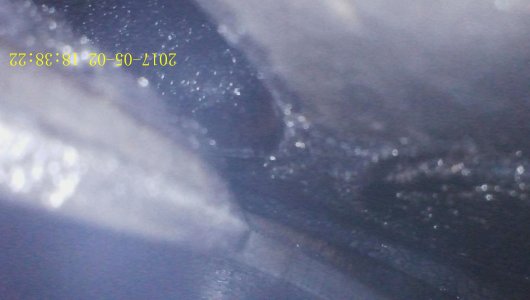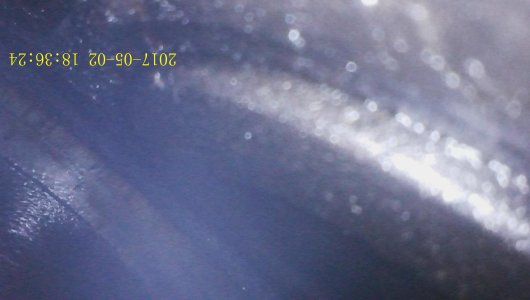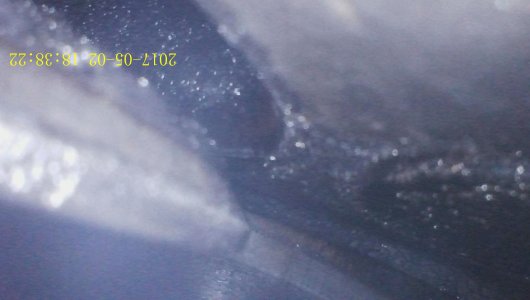Adeleandre
Well-known member
Hello, the rebirth of my 1961 223 on a Ford F100, I redid all the wiring and made myself a starter control, I installed a new ignition harness, new spark plugs, new coil, new starter solenoid, new ballast resistor, new oil pressure sensor, new oil filter, new oil and I installed an electric fuel pump with a pressure regulator. I started my starting tests with a battery that was not powerful enough and it coughed but refused to start, I then took the one from the Mustang and it finally started!!! unfortunately it was not fully charged and I wanted to try again but I did not have enough battery charge. So I put the battery on charge and I will try again later. But after many years it came back to life for a few seconds !!!



